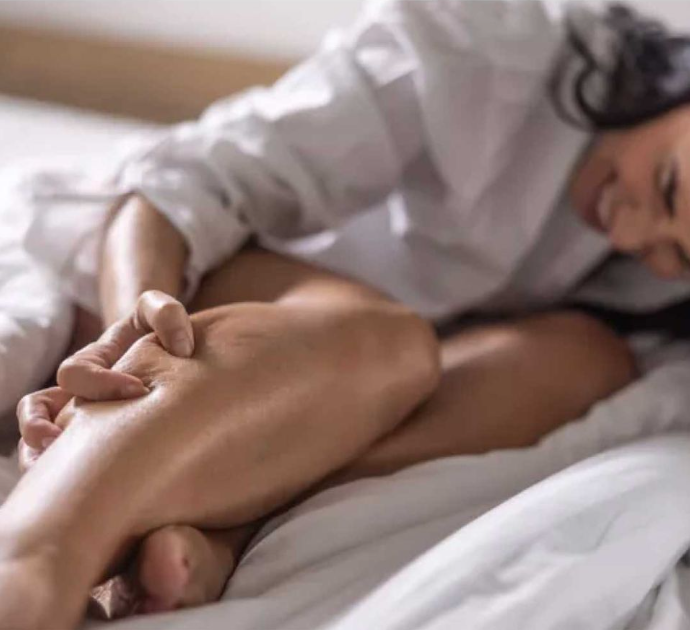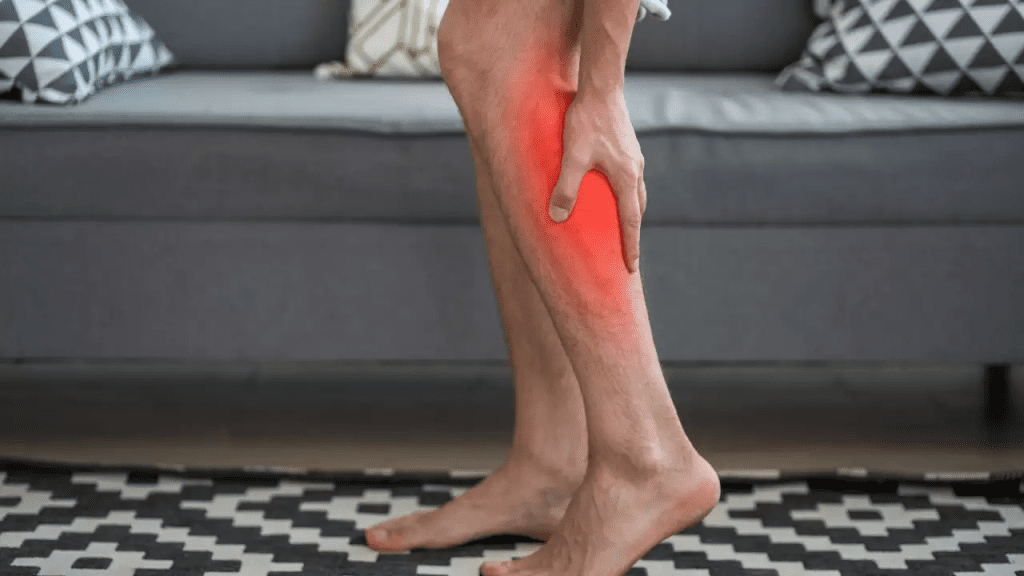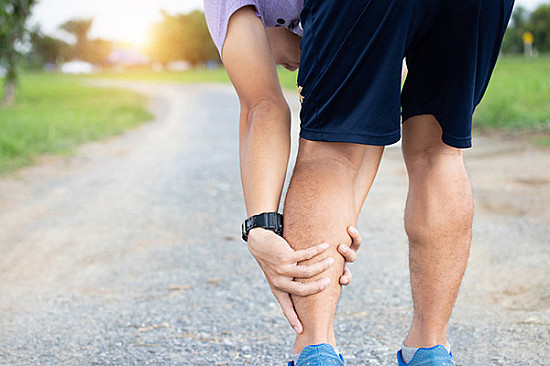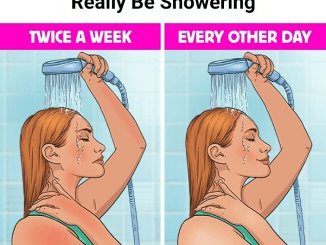Charley horses, those sudden and often painful muscle cramps, can take you by surprise and leave you clutching your leg in discomfort. While they usually occur in the calves, they can strike any muscle group, often at the most inconvenient times. Though generally harmless, charley horses can disrupt your day or even jolt you out of a peaceful night’s sleep. Understanding why charley horses happen and how to prevent and treat them is key to managing these unexpected cramps.
What Are Charley Horses?

Charley horses are muscle cramps or spasms that occur when a muscle contracts involuntarily and doesn’t immediately relax. This causes a sudden, intense pain, often lasting a few seconds to several minutes. Most commonly, they affect the calves, but they can also occur in the thighs, feet, or arms. Although they typically resolve on their own, the lingering soreness can last for hours or even days.
Interestingly, charley horses are not confined to physical activity—they can strike during periods of rest, particularly at night. This condition, known as nocturnal leg cramps, can disrupt sleep and leave you feeling stiff the next day.
Common Causes of Charley Horses
The causes of charley horses can vary, but they often stem from a combination of factors that disrupt normal muscle function. Some of the most common triggers include:
- Dehydration: When your body is dehydrated, it can lead to an imbalance of electrolytes—like potassium, magnesium, and calcium—essential for proper muscle function. Without enough electrolytes, your muscles may cramp up.
- Overexertion or Muscle Fatigue: Engaging in strenuous exercise or repetitive motions can overwork your muscles, increasing the likelihood of cramping.
- Poor Circulation: Inadequate blood flow to the muscles can result in cramping, especially in people who sit or stand for long periods.
- Nerve Compression: Conditions like sciatica or spinal problems can lead to nerve compression, which may trigger charley horses in the legs.
- Pregnancy and Aging: Pregnant women and older adults are more prone to charley horses due to changes in muscle elasticity, circulation, and overall body function.
- Medications: Some medications, such as diuretics, statins, and blood pressure drugs, can increase the risk of charley horses by altering the body’s fluid and electrolyte balance.
Symptoms of Charley Horses
The most noticeable symptom of a charley horse is the sudden, sharp pain that can stop you in your tracks. This pain often comes with a visible and palpable muscle contraction, where the affected muscle feels hard and tight. The cramp itself may last anywhere from a few seconds to several minutes, and once it subsides, the area might feel sore or tender to the touch.
In some cases, the muscle may twitch or spasm even after the initial cramp has passed, causing discomfort for a short while afterward. While charley horses can be painful, they’re typically not a cause for alarm unless they occur frequently or are accompanied by other symptoms.
Prevention Strategies for Charley Horses

Preventing charley horses often comes down to making a few simple lifestyle changes. By addressing the root causes of muscle cramps, you can significantly reduce their frequency and severity. Here are some effective strategies to prevent charley horses:
- Stay Hydrated: Dehydration is a leading cause of muscle cramps. Drink plenty of water throughout the day, especially if you’re exercising or spending time in hot weather. Electrolyte-rich drinks like coconut water or sports drinks can also help maintain the balance of essential minerals.
- Stretch Regularly: Stretching before and after physical activity is crucial to keep your muscles flexible and reduce the risk of cramping. Stretching your legs before bed can also help prevent nocturnal leg cramps.
- Eat a Balanced Diet: Ensure your diet is rich in potassium, magnesium, and calcium, which play a vital role in muscle function. Foods like bananas, spinach, nuts, and dairy products are excellent sources of these nutrients.
- Exercise Wisely: Gradually increase the intensity of your workouts, rather than overloading your muscles too quickly. Incorporating activities like yoga or Pilates can improve muscle flexibility and circulation.
- Wear Proper Footwear: Supportive, well-fitted shoes can make a big difference in preventing charley horses, especially if you spend a lot of time on your feet. Avoid shoes that are too tight or lack proper arch support.
Effective Treatments for Charley Horses

When a charley horse strikes, it can feel like nothing else matters but getting relief. Here’s what you can do to treat a charley horse and ease the pain:
- Gently Stretch the Muscle: One of the quickest ways to relieve a cramp is to gently stretch the affected muscle. For calf cramps, try pulling your toes upward toward your shin to stretch the calf muscle.
- Massage the Area: Rubbing the cramped muscle can increase blood flow and encourage it to relax. Apply firm but gentle pressure to the tight area and work through the cramp.
- Use Heat or Cold Therapy: Applying a warm towel or heating pad to the muscle can relax tightness, while a cold pack can reduce inflammation and numb pain. Both methods can provide relief depending on your preference.
- Hydrate: Drinking water or an electrolyte-rich drink can help rebalance your body’s fluids, especially if dehydration triggered the cramp.
- Pain Relievers: Over-the-counter pain relievers like ibuprofen or acetaminophen can reduce soreness after the cramp has subsided, but they should be used sparingly and only if necessary.
Dietary Considerations to Prevent Charley Horses
What you eat can have a significant impact on whether or not you experience frequent charley horses. A diet rich in key electrolytes and nutrients is essential for muscle health. Here’s what to include in your diet:
- Potassium: Foods like bananas, oranges, and sweet potatoes are rich in potassium, which helps regulate muscle contractions.
- Magnesium: Leafy greens, nuts, seeds, and whole grains are good sources of magnesium, which helps prevent muscle spasms.
- Calcium: Dairy products, fortified plant-based milks, and leafy greens provide calcium, which is essential for proper muscle and nerve function.
- Hydration: In addition to water, incorporate drinks that contain electrolytes, especially after sweating or intense physical activity. Avoid excessive caffeine and alcohol, which can dehydrate the body.
When to Seek Medical Attention

Most charley horses are harmless and don’t require medical attention. However, if you find that muscle cramps are becoming frequent, severe, or interfere with your daily life, it may be time to consult a healthcare provider. Persistent cramps can sometimes indicate underlying issues like poor circulation, nerve compression, or deficiencies that may require medical treatment.
Additionally, if your cramps are accompanied by swelling, redness, or other unusual symptoms, or if they occur alongside other health issues, it’s important to seek medical advice to rule out more serious conditions.
Conclusion
While charley horses are usually just a painful inconvenience, understanding their causes and taking proactive steps can help prevent them from happening too often. By staying hydrated, eating a balanced diet, and practicing proper stretching and exercise habits, you can minimize the risk of these painful cramps. And if a charley horse does occur, simple treatments like stretching, massage, and hydration can offer quick relief. If you ever experience frequent or severe cramps, don’t hesitate to seek advice from a healthcare provider to ensure there are no underlying health concerns. Keep your muscles healthy, and say goodbye to unexpected charley horses!


